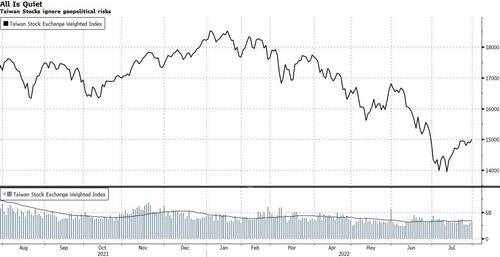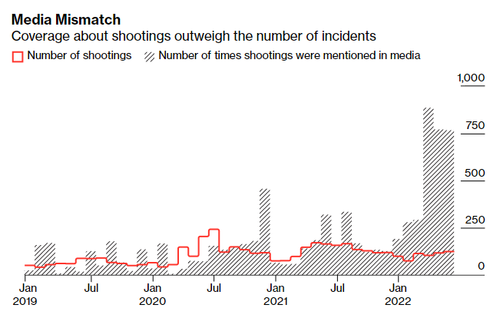New York’s Cannabis Control Board is slow-walking the start of the state’s retail legal-pot sales, possibly to next year. But we’ve already seen how limited are its ideas of public-health alerts. Posters on commuter trains advise that only those 21 and over may use the drug — and that you can’t consume it in public. Anyone walking through Gotham knows how well those’ve worked.
But as the board continues to emphasize social justice in awarding weed-distribution licenses to ex-felons and Gov. Kathy Hochul salivates over a new sin-tax windfall, both should instead start paying urgent attention to the experience of California, which legalized recreational marijuana in 2016. That state is now contemplating another type of pot lesson: one about mental-health dangers.
A Democratic lawmaker-pediatrician has filed state legislation that would require “product labels and inserts to include a clear and prominent warning” that “cannabis use may contribute to mental health problems.” The Legislature will hold a hearing on it this week.
The bill, which state Sen. Richard Pan wrote with two liberal Democratic Assembly co-sponsors, Jacqui Irwin and Kevin McCarty, suggests chilling language reminiscent of the cancer warnings on cigarette packages. One warning: Cannabis use may contribute to “psychotic disorders such as schizophrenia. Risk is greatest for frequent users.”

This is not some contemporary version of the notorious 1936 film “Reefer Madness.” Oakland’s Public Health Institute says such legislation “would address a gaping regulatory hole by requiring more prominent and accurate health warnings on cannabis products.”
To that point, the Centers for Disease Control and Prevention has nothing positive to say about pot — and affirms its link to mental illness. “People who use marijuana are more likely to develop temporary psychosis (not knowing what is real, hallucinations, and paranoia) and long-lasting mental disorders, including schizophrenia.” What’s more, the CDC continues, the “association between marijuana and schizophrenia is stronger in people who start using marijuana at an earlier age.”
State law may limit pot sales to those at least 21, but in California, notes supporting text in Pan’s bill, “the percentage of California teens 12 to 17 years of age using cannabis increased significantly between 2016 and 2019 in the National Survey on Drug Use and Health.” Those are the first three years following legalization.
That’s true not just because pot became legal — but because it’s been commercialized. As was once true of cigarette-makers, pot marketers can promote its use. Anyone who thinks such messages will reach only those 21 and older has been smoking something. As the bill notes, “Perceptions of harm from use of cannabis by consumers of all ages, including teens, has declined dramatically.”
Hochul and the Cannabis Control Board need to stop cheerleading the advent of legal pot. That doesn’t mean the legalization genie can be put back in the pipe. It does mean focusing on mitigating legalization’s looming harms. Legalization should not mean encouragement — not when drug-overdose deaths top 100,000 a year and the CDC warns that marijuana use is associated with addiction.
State hospital data show that three years after legalization, emergency-room visits for cannabis-induced psychosis went up 54% across California, from 682 to 1,053. These are potential mass shooters and subway psychos.

The Cannabis Control Board needs to get busy producing infomercials warning of pot’s mental-health risks. The state needs to give up its dream of pot tax revenues and instead set taxes low so that adulterated black-market weed doesn’t flood the market and spike overdoses. In California, illicit suppliers “still account for somewhere between two-thirds and three-quarters of sales” thanks, in great part, to high taxes, Jacob Sullum recently noted in these pages.
Public health is more important than feeding the public till — in New York, New Jersey, Connecticut and all 19 states that have legalized recreational pot. It’s simply wrong for state and local governments to rely on a risky product that harms the health of their own citizens. Let’s heed California’s warning.
Howard Husock is a senior fellow at the American Enterprise Institute.








